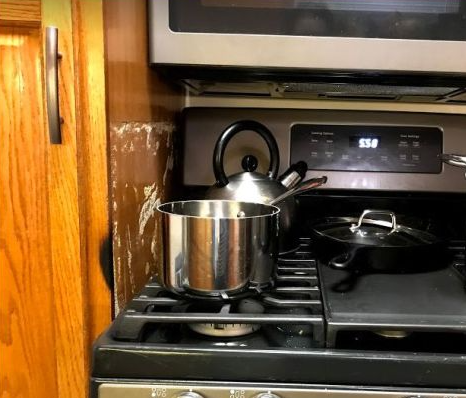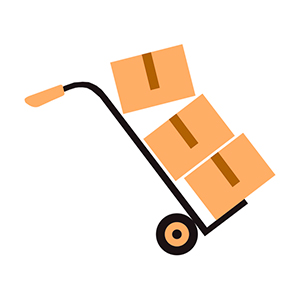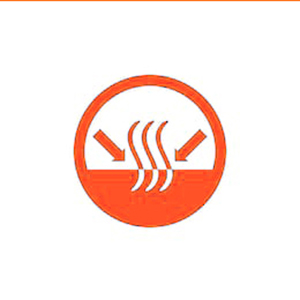 Extreme heat and moisture are not good for cabinets, or any other material made of wood, MDF, Melamine, or Thermofoil. Cabinets are similar to fine furniture in that they demand the same level of attention and consideration. Harm to your cabinets is the most common side effect of heat and steam releasing appliances. The extent of the damage will be determined by the substrate or material of your cabinetry. Wood cabinets, for example, can be steam burned (a white film forms), whereas Thermofoil, Melamine, and other wood substitute cabinets can discolor or even melt.
Extreme heat and moisture are not good for cabinets, or any other material made of wood, MDF, Melamine, or Thermofoil. Cabinets are similar to fine furniture in that they demand the same level of attention and consideration. Harm to your cabinets is the most common side effect of heat and steam releasing appliances. The extent of the damage will be determined by the substrate or material of your cabinetry. Wood cabinets, for example, can be steam burned (a white film forms), whereas Thermofoil, Melamine, and other wood substitute cabinets can discolor or even melt.Heat burn on countertops is another effect. A slow cooker on some granite or quartz countertops, for example, may create heat rings, so it's best to put it on your ceramic cooktop or use a trivet underneath it to keep the heat from penetrating your countertop.
There are a few things you can do to protect your kitchen cabinets from steam and heat damage, and these are my top three suggestions:
1. Always, always, always, always, always, always, always, always, always, always, always, always, always, always, always,
By far the best line of protection for protecting your cabinets is a properly installed range hood with regularly maintained filters. It's impossible to overestimate the importance of steering heat and steam away from wood surfaces.
2. Maintain The Finish
Wet surfaces should be dried instantly, and wet rags/towels should not be left on wood surfaces.
Using a soft rag and a mild cleaner, such as Murphy Oil Soap, to scrub.
When cleaning, avoid using abrasive materials such as scouring pads, powder cleansers, or petroleum solvent-based products.
Allow no oven cleaner to come into contact with any wood surfaces.
3. Heat Shields should be mounted.
As the name suggests, these items help deflect heat and steam from a stove, refrigerator, dishwasher, toaster oven, and other appliances. Heat shield sheets and fillers from companies including KraftMaid® Cabinetry, Maple Craft USA, and Toaster Shield are available at local stores or, in the case of Toaster Shield, can be purchased online.













